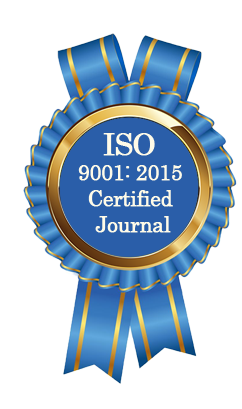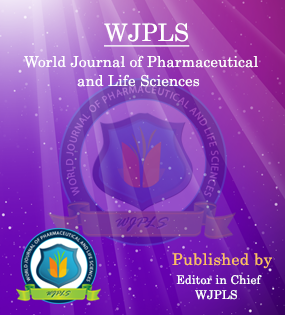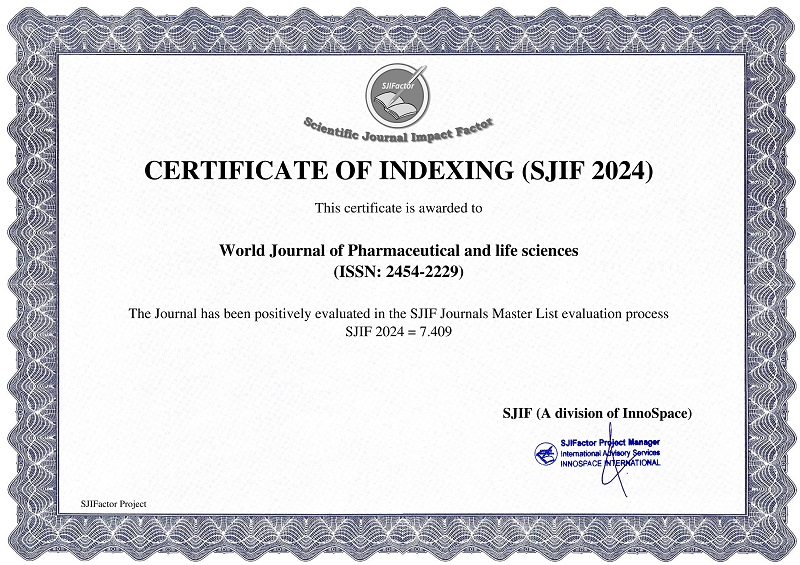Abstract
CONSERVATIVE TREATMENT FOR TYMPANIC MEMBRANE TRAUMATIC PERFORATION
CONSERVATIVE TREATMENT FOR TYMPANIC MEMBRANE TRAUMATIC PERFORATION
ABSTRACT
Background: Traumatic tympanic membrane perforation (TTMP) can be treated by a variety of methods ranging from watchful waiting to surgical intervention. The best treatment strategy for TTMP is still controversial and surgical intervention can be reserved for when severe complications accompany the perforation. We aimed to determine the efficacy of conservative treatment for overpressure TTMP. Methods: This observational study included 32 patients with overpressure TTMP referred to the Otolaryngology Clinic of Shahid Mohammadi Hospital, Bandar Abbas, Iran, from June 20, 2017 to July 21, 2018. Their ear canal was cleaned using suction. Patients’ symptoms and the perforation characteristics (shape, site, and size) were noted. Audiometry was performed for all the patients and oral cephalexin (500 mg q6h) was prescribed to prevent infection. The participants were advised to avoid using any otic drops and to use dry cotton during the day and vaselinized gauze when bathing. All patients were visited weekly for 6 weeks and then every 2 weeks. Audiometry was performed again if complete healing of the tympanic membrane was observed. Results: Of the 32 included patients aged 10-37 years, 20 (62.5%) were male. In 15 patients (46.9%) the right and in 17 (53.1%) the left tympanic membrane was perforated. The perforation shape was triangular/round in 24 (75%), linear with <1 mm width in 2 (6.2%), and linear with ?1 mm width in 6 (18.8%). Overall, 84.4% of the perforations were in the posterior half and 15.6% in the anterior half of the tympanic membrane. The most common symptoms were pain and bleeding (90.6%), followed by feeling of fullness (81.2%), and transient tinnitus (59.4%). The perforation shape was significantly correlated with healing duration, with the longest healing period in the triangular/round group versus the shortest in the linear <1 mm width group (P=0.015) (Table 2). Sensorineural hearing loss was found in 6.2% of patients. An average of 25.3 dB hearing loss was observed which resolved after healing of the perforations. Spontaneous healing was observed in 100% of the patients with an average duration of 28.58 ± 5.28 days. Conclusions: Conservative treatment of TTMP with water avoidance yielded a 100% success rate in this study.
[Full Text Article] [Download Certificate]WJPLS CITATION 
| All | Since 2020 | |
| Citation | 590 | 424 |
| h-index | 12 | 10 |
| i10-index | 17 | 14 |
INDEXING
NEWS & UPDATION
BEST ARTICLE AWARDS
World Journal of Pharmaceutical and life sciences is giving Best Article Award in every Issue for Best Article and Issue Certificate of Appreciation to the Authors to promote research activity of scholar.
Best Article of current issue
Download Article : Click here





